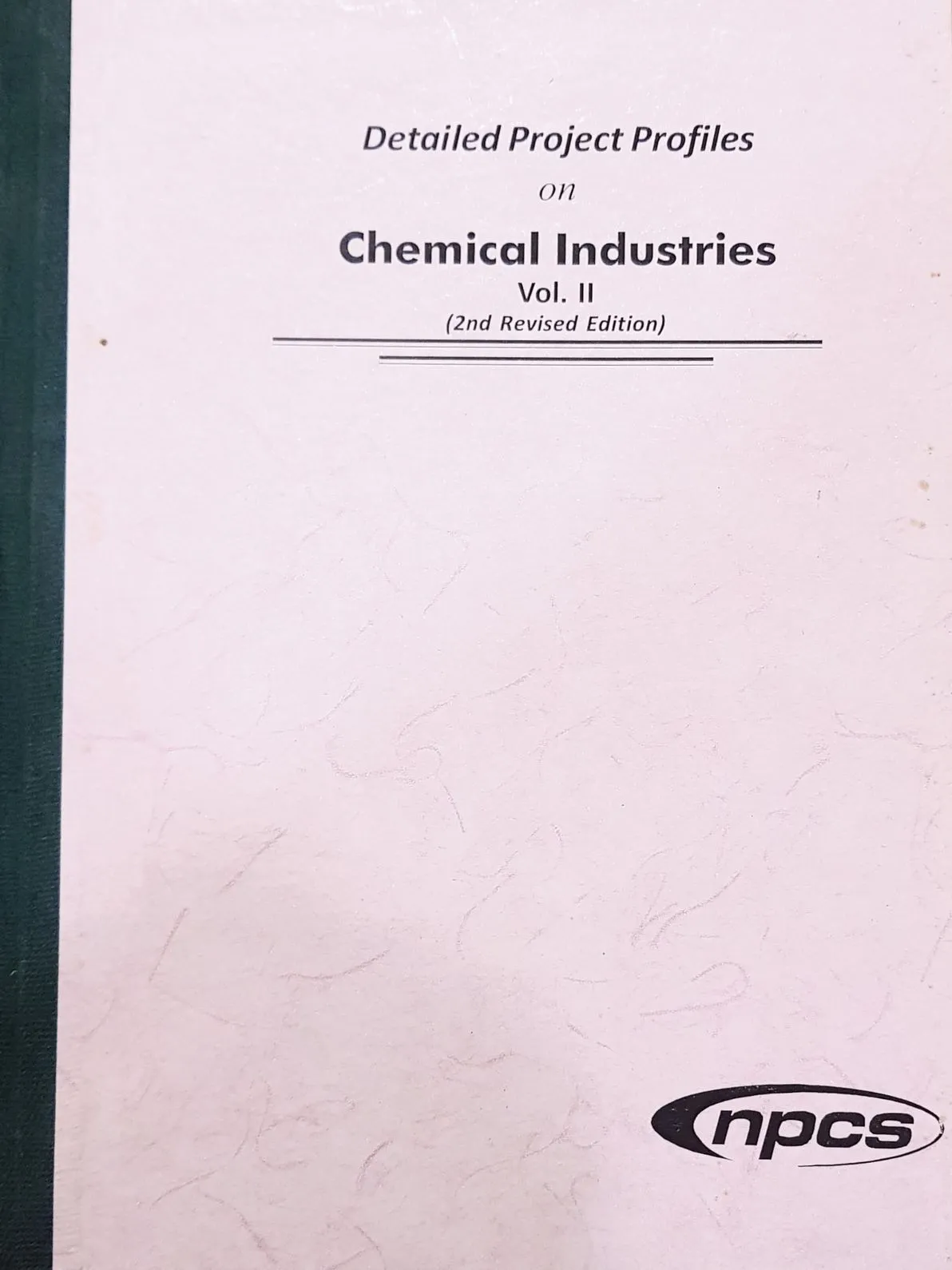***********Limited Edition- available in Photostat Version Only************
Chemical industry, complex of processes, operations, and organizations engaged in the manufacture of chemicals and their derivatives. The chemical industry may be described simply as the industry that uses chemistry and manufactures chemicals. A chemical substance is a form of matter that has constant chemical composition and characteristic properties. It cannot be separated into components by physical separation methods, i.e. without breaking chemical bonds. It can be solid, liquid, gas, or plasma. The scope of the chemical industry is in part shaped by custom rather than by logic. An average chemical product is passed from factory to factory several times before it emerges from the chemical industry into the market.
The chemical sector has witnessed growth of 13-14% in the last 5 years A number of initiatives have been proposed in the 12th 5-year plan (2012-2017) to boost the growth of Indian Chemical industry like Target to increase the share of manufacturing in GDP to at least 25% by 2025 (from current 16%). Investments in manufacturing in the chemical sector are absolutely essential to ensure growth of the Indian chemical industry, FDI inflow picked up in FY11 reaching USD 2,345 Mn and USD 4,041 Mn in FY12. Indian Chemical industry also managed to lead industrial IIP in FY13. As per CSO sources, Chemicals IIP for FY13 stood at 3.1% while the overall IIP was 0.8%. The Indian chemicals industry, which earned revenues in the range of $ 155-160 billion in 2013, is likely to grow at a rate of 11-12 percent in the next two to three years. The market is likely to grow at a Compound Annual Growth Rate (CAGR) of 13-14 percent. “Product customization and understanding of unique customer needs has been one of the key success levers for the Indian chemical industry. The chemical industry can be broadly classified into two segments – organic and inorganic chemicals. Organic chemicals cover over half of all known chemical compounds, and include petrochemicals, drugs, cosmetics, agrochemicals, etc. Inorganic chemicals comprise alkalis, dyes and dyestuffs.
The content of the book includes information about chemical industry. The major contents of this book are project profiles of projects like acetylene gas, acrylic acid and its derivatives, ciprofloxacin HCl, dicalcium phosphate, glycerol monostearate, L-ascorbic acid (plain), manganese oxide, potassium iodate, precipitated calcium carbonate, single superphosphate, sodium silicate and zinc sulfate (33%, 21% & 12%) .
Project profile contains information like introduction, properties, uses and applications, raw material used, manufacturing process, flow diagram, plant economics, land and building, plant and machinery, fixed capital, working capital requirement/month, total working capital/month, cost of project, total capital investment, turn over/annum, profit sales ratio, rate of return, breakeven point (B.E.P)
This book is very useful for new entrepreneurs, technical institutions, existing units and technocrats.

Detailed Project Profiles On Chemical Industries (Vol II) (2nd Revised Edition)
Format: hardcover
Code: NI3
Pages: 158
ISBN: 9789381039144
Publisher: NIIR PROJECT CONSULTANCY SERVICES
$44.95
₹1695
1. Chemical Industry
2. Acetylene Gas
3. Acrylic Acid and Its Derivatives
4. Ciprofloxacin HCL
5. Dicalcium Phosphate
6. Glycerol Monostearate
7. L-Ascorbic Acid (Plain)
8. Manganese Oxide
9. Potassium Iodate
10. Precipitated Calcium Carbonate
11. Single Super Phosphate
12. Sodium Silicate
13. Zinc Sulfate (33%, 21% & 12%)
Customer Reviews
No reviews yet. Be the first to write one!

